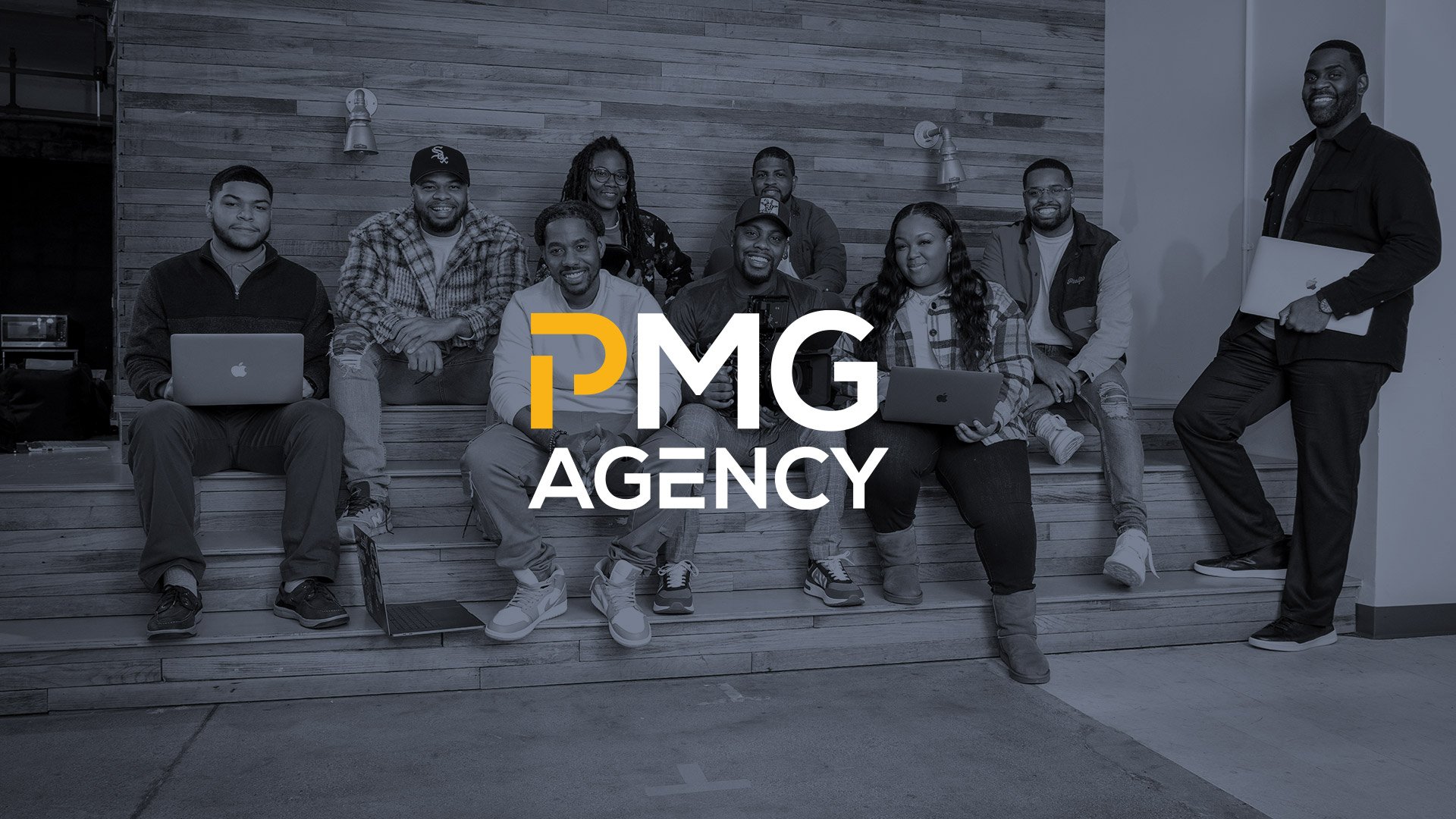Thrive in a Post-pandemic Creative Industry (Part 2)
By Ashley Joseph and Ad Age Studio 30
The Weight of Overhead and Hierarchies
There may be nothing wrong with the creative agency itself or the creatives who make them up, but rather, the processes and structures that, with today’s client expectations and needs, could impede the work they put out. "The speed, information, data and changes that are so obvious around us are great opportunities for brands to connect with people, but the model we operate in holds us back,” says Andrew Harper, executive creative director at PMG. “We constrain people with titles that limit and stunt them, and we have processes that are slow and precious for deliverables that are fast and disposable.”
Ready Set Rocket team
While the needs for breakthrough creative built on solid strategies and skillsets are as great (or greater) than ever, the approach to execution and delivery may need overhauling for many agencies still operating within a traditional model. “The era where a brand can break through solely with a 30-second TV spot is dead, but I’d argue that creativity is actually more important in today’s highly fragmented, noisy world,” says Andy Berkenfield, CEO of Duncan Channon. “The agencies that harness creativity to solve client business problems—and are nimble enough to keep up with where consumers are online and in real life—will thrive.”
For those who can maximize available technology—in listening, testing and tracking—and adapt their processes to harness that power, the opportunities are great. “It's not like 30 years ago where you produced a campaign, trafficked the creative and had to wait weeks, months or more to get an idea of performance or resonance,” says Lauren Nutt Bello, president of Ready Set Rocket. “Digital channels allow creative to be launched and reactions measured in minutes. This poses such a huge opportunity to think about creative testing as a ground level tool to validate the big idea before a huge investment is made.”
A Need for Focus
L&C Leaders NYC
Size aside, the shops with clearer focus and stronger specializations may fare better in today’s leaner, meaner market than those trying to be everything to everyone. “I think an honest approach with your clients is important, as well as embracing your agency’s DNA and sticking to your strengths,” says Gian Carlo Lanfranco, co-founder and chief creative officer at L&C NYC. “If you are good with earned media campaigns, then that’s why the clients will come to you. It’s better to home in on your core strengths than to put out mediocre work because you’re doing too many things.”
Being a go-to for something specific—whether it’s a hypertargeted audience, media specialty, region, etc.—may provide a leg up on those competing for clients of all kinds. “Many traditional creative agency models shun focus, overindexing on generalization rather than specialization. The result is diluting your company’s capabilities and discouraging subject matter experts joining or staying at an agency,” says Oliver Dore, technology partner at Work & Co. “Being focused helps clients gain clarity around where to invest in third-party experts and understand how your agency teams can best hook in and collaborate with their in-house resources, which are, in many cases, expanding.”
The Way Forward
VMLY&R Team
The creative agency is an integral part of the ad industry’s entire foundation, and it isn’t going anywhere soon. But its traditional iteration may need some tweaking to continue producing work that works for clients, and both retaining and fostering its talent. For Noel Cottrell, chief creative officer, Kansas City, at VMLY&R, the solution can be boiled down to a simple principle. “Those who are succeeding have built offerings their clients need. ‘If you build it they will come’ is the only successful way forwards,” says Cottrell. “Stop waiting for the phone to ring; get building.”
What they build should and will look different for every business, but the overarching need seems to be greater agility, better use of technology and data, and strategic decision-making. “The intersection of creativity and business analytics is the future of our industry,” says Adam Von Ohlen, chief creative officer at Two by Four. “As creatives, we need to make sure we are connecting the dots across the entire user journey in a meaningful, additive way, both from a creative and an analytical tracking standpoint.”




